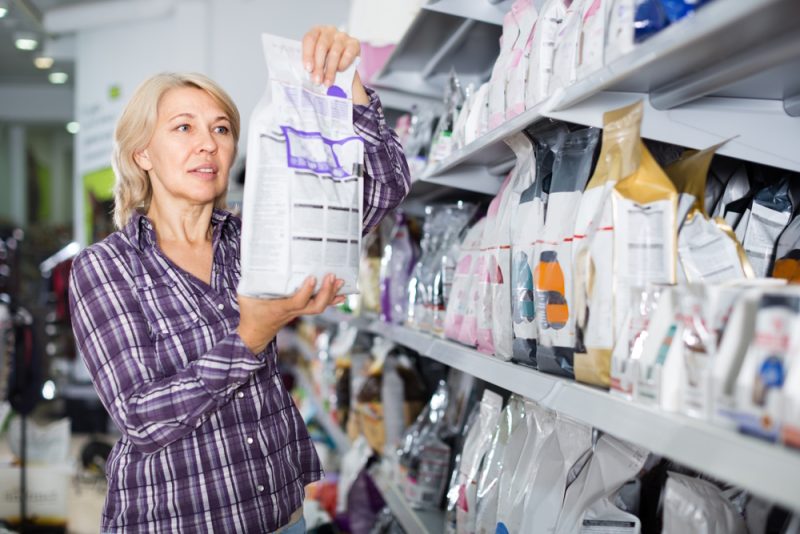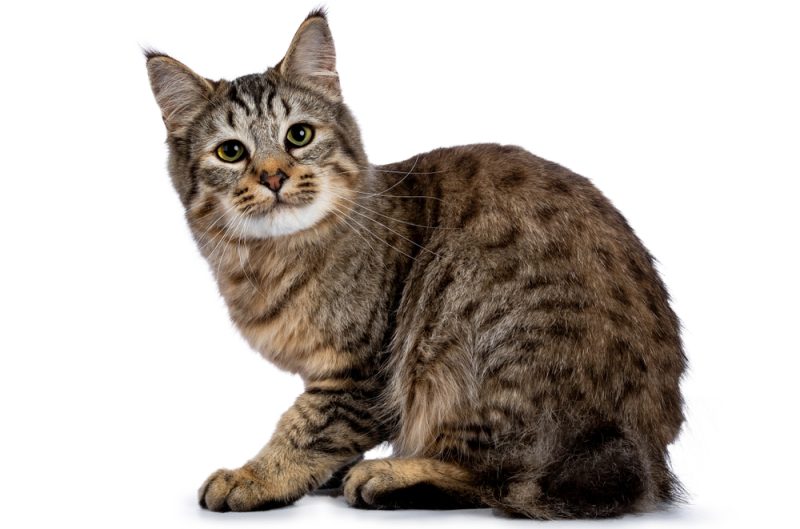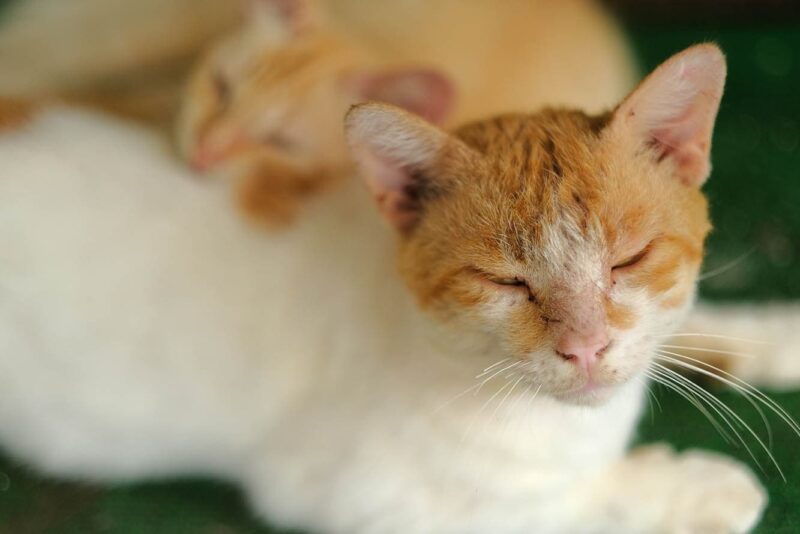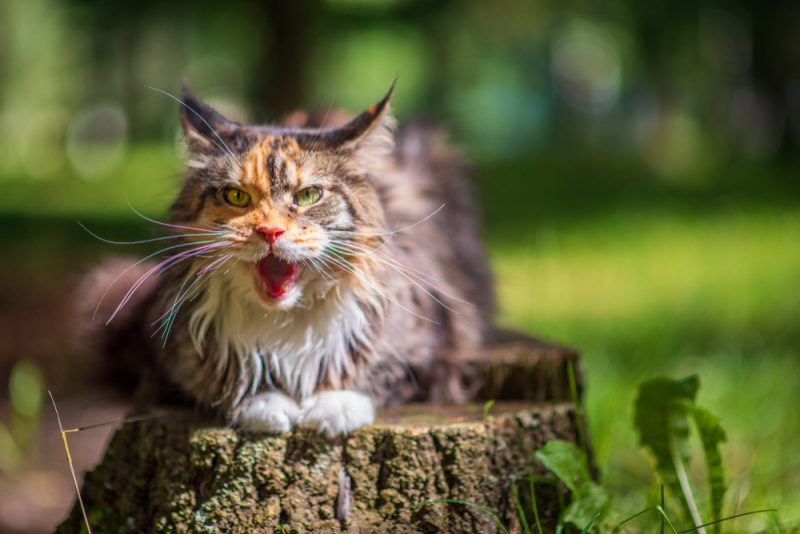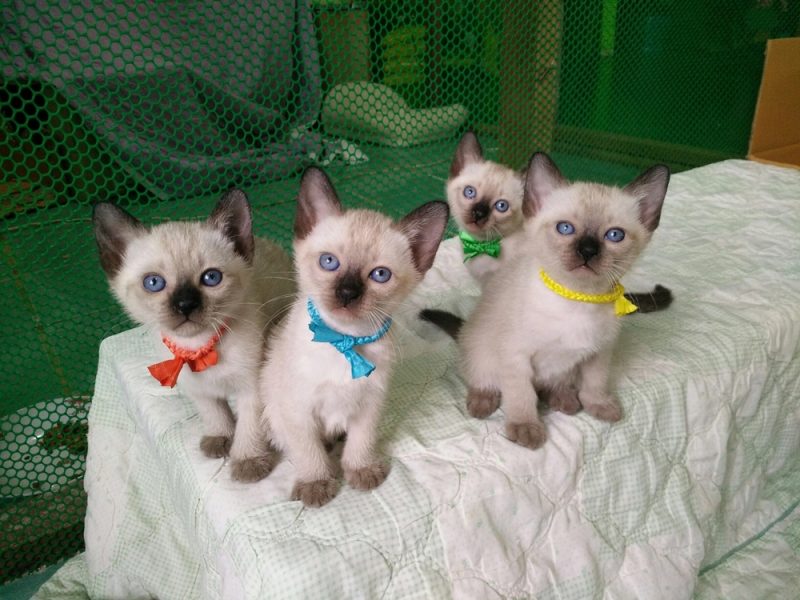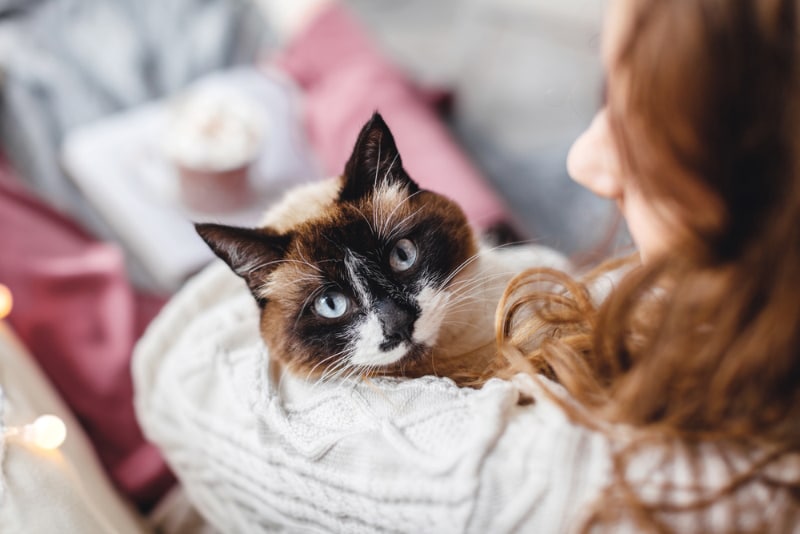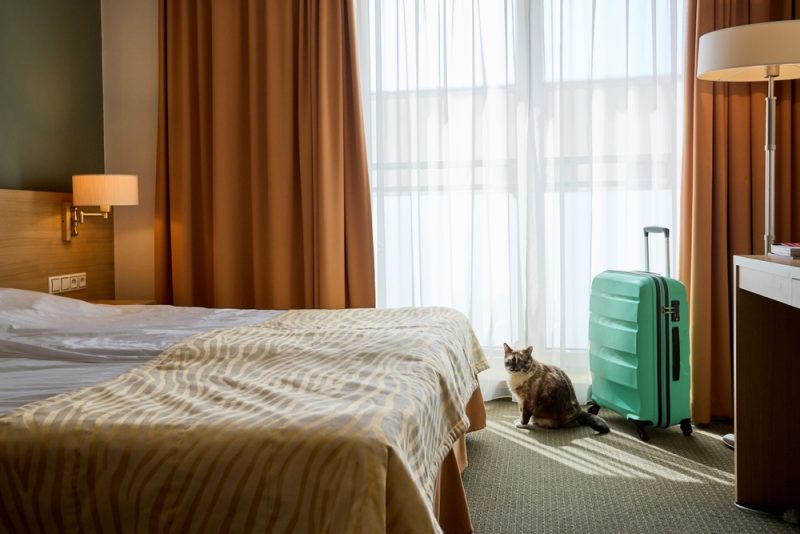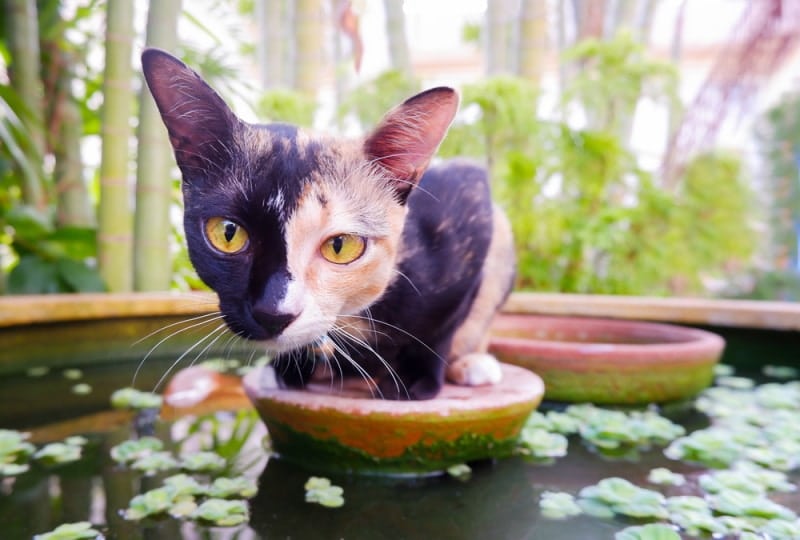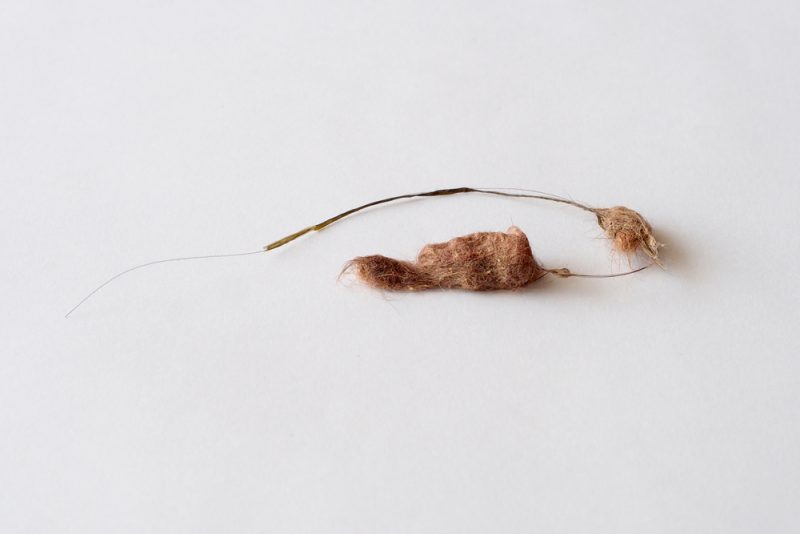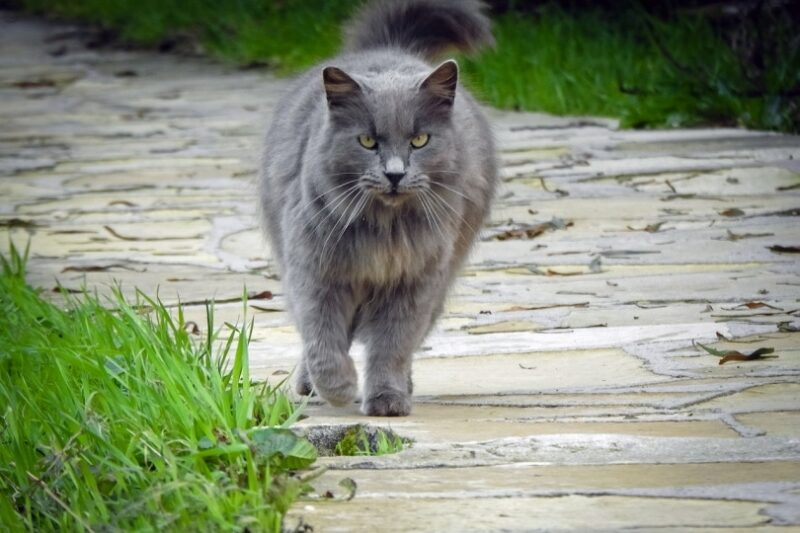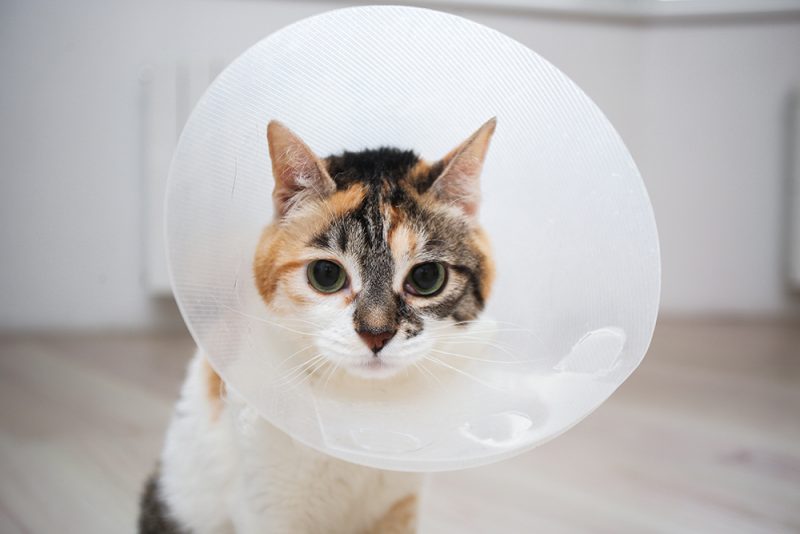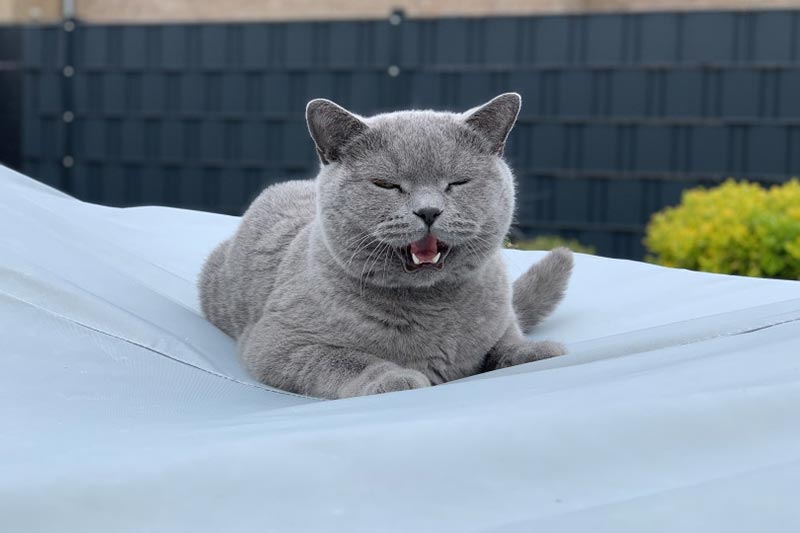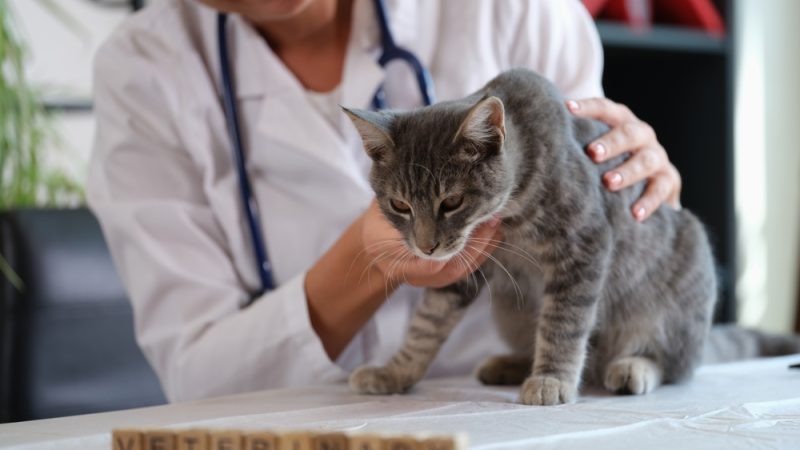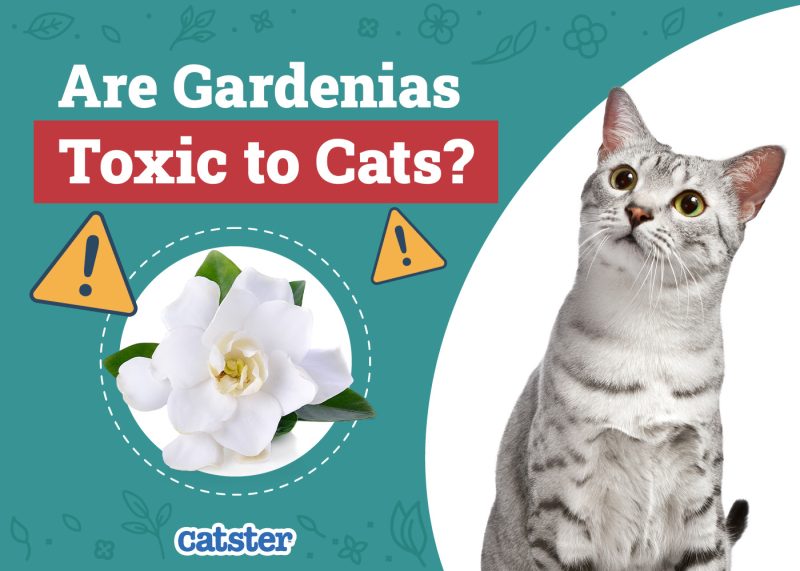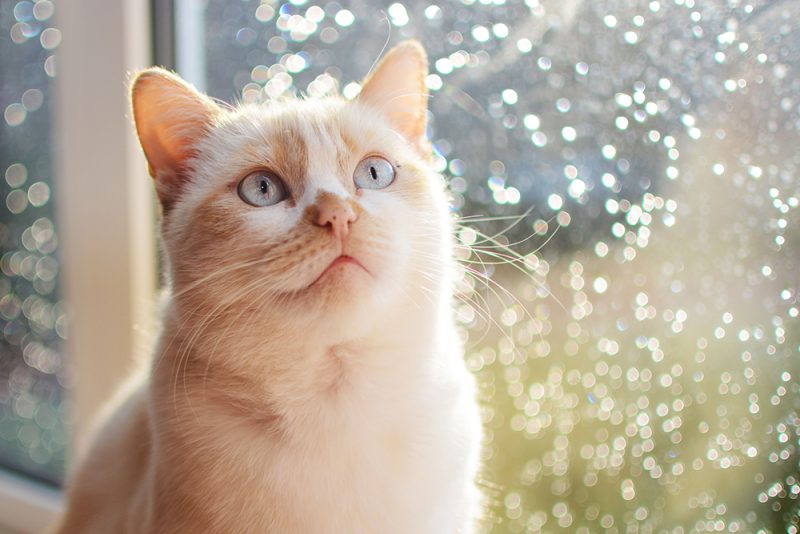In this article
View 3 More +If we think of the great matchups in history, a few stand out as quintessential examples. There’s apple pie and ice cream, hamburgers and French fries, among many others. In the animal kingdom, there’s the cat and mouse.
Pet owners haven’t lost sight of the fact that cats are obligate carnivores. Animal-based proteins make up the bulk of their diet in the wild and in our homes. That fact suggests a mouse-based food would be a no-brainer to feed our pets. The concept is intriguing, yet for some reason, feeding our cats mouse treats feels a bit taboo. Let’s do a deep dive into the arguments for and against this choice for your feline.

A Brief History of Felines and Their Diet
Let’s start with the domestic cat’s ancestor, the African wild cat (Felis silvestris lybica). Humans and wild felines came together at the Fertile Crescent in the Middle East and Mediterranean basin. Agriculture forged our connection when stored grain attracted rodents to settlements where people grew crops. The predators (cats) followed their prey. The rest, as they say, is history.
The African wild cat and its subspecies still live on the continent, with other populations spreading into Europe and Asia. While some habitat variations exist, the diets of the various animals are similar. They are solitary hunters, making good use of the low-light conditions of dawn and dusk, as well as the cover of night. These predators hunt mammals, birds, reptiles, insects, and even carrion.
This diet suggests that wild cats are opportunistic, which is undoubtedly a factor in the species’ survival. The International Union for Conservation of Nature and Natural Resources (IUCN) classifies it as a species of least concern, meaning their place in nature is currently secure. Wild cats mainly eat animals, although they occasionally eat vegetation to help them eat indigestible foods, not unlike our cats consuming grass.
The closest we can come to approximating what our pets would eat if given the choice are the diets of free-roaming or feral cats. A review of the scientific literature found that these animals consume 52% protein, 46% fat, and 2% nitrogen free extract. The Association of American Feed Control Officials (AAFCO) recommends felines get a minimum of 26% protein and 9% fat for adult cats.
A study of the diet of domestic cats given a free choice of foods found that the animals opted for an intake of 52% protein, 36% fat, and 12% carbohydrates. The variations may reflect the different energy expenditures of wild, feral, and domestic felines. Interestingly, an adult mouse contains roughly 55% protein and 9% fat.
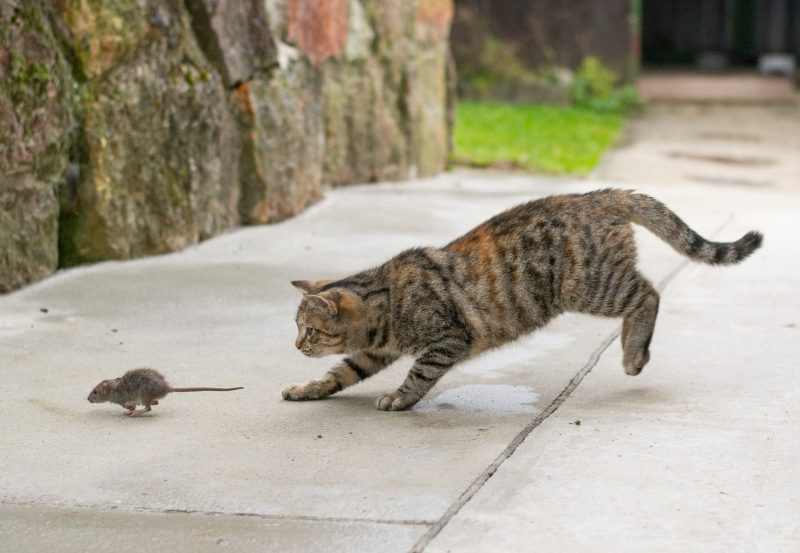

Available Commercial Options for Cats
Researchers studying the diets of feral and wild felines cite the implications for developing more appropriate products for our pets. Domestication and commercial foods have their shortcomings, particularly with the rise in obesity and its health complications. That makes a product based on a feline’s wild diet intriguing as a potentially better choice.
BioCraft (Formerly Because Animals)
BioCraft, formerly known as Because Animals, is the first pet food manufacturer to produce cultured meats for cats and dogs. The biotech company uses a proprietary medium to grow animal cells to produce meat. It replaces conventional animal-based proteins with a more environmentally friendly process with a lower carbon footprint.
The company promotes its products as the same as meat, only cultured in a different environment. They market to manufacturers, offering various meat ingredients, including mice for cats. The control of the process allows BioCraft to produce consistent and scalable meat. They argue that their cultured meat is more humane because it uses an alternative medium instead of fetal bovine serum (FBS).
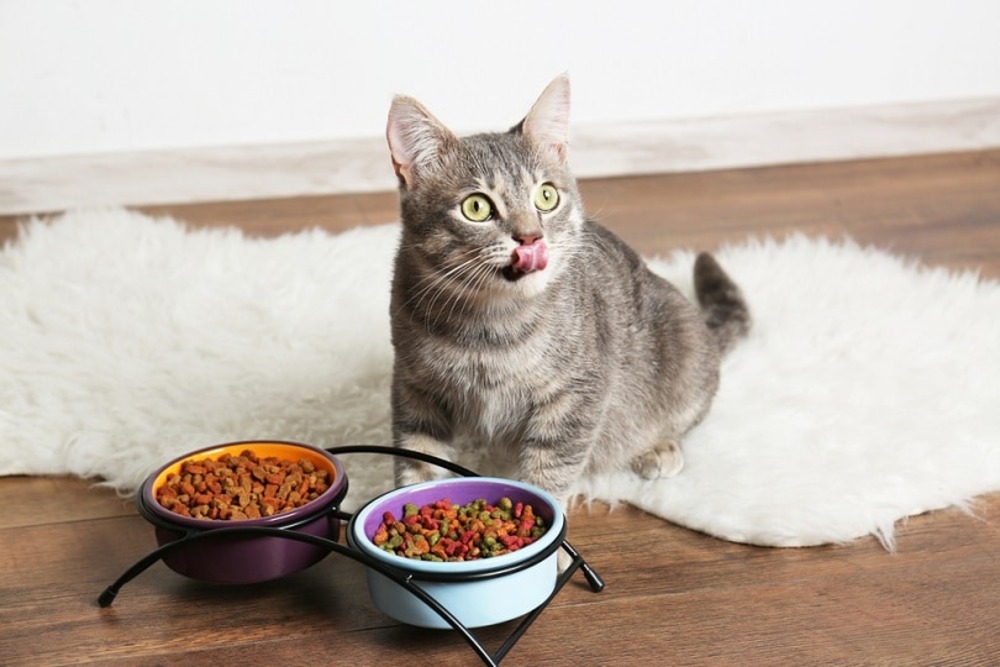
Muridae Pet Mouser Products
Muridae Pet bills its products as “natural prey nutrition” based on the foods cats would eat in the wild. Unlike BioCraft, these products are available to consumers online and in some stores. They produce four formulas, which all contain 97% meat. Mouse is second on the ingredient list, following another conventional or unconventional protein. They include the following:
| Field Hunter: | Chicken |
| Forest Hunter: | Turkey |
| Pond Hunter: | Duck |
| Brush Hunter: | Rabbit |
It’s worth noting that the diets don’t contain any suspect ingredients, such as legumes. The FDA is investigating these products for a possible link to dilated cardiomyopathy (DCM), primarily in dogs. However, some cases have been reported in felines. The other ingredients mainly provide additional nutritional support.
Calculating the protein content by dry matter, all four diets contain 78% maximum moisture, which comes out to 45.5% protein. The other figures are similar, with slight differences in calories, depending on the protein sources. All are within the recommended caloric intake for a 10-pound indoor cat. The high protein content also will likely keep your pet feeling sated longer.
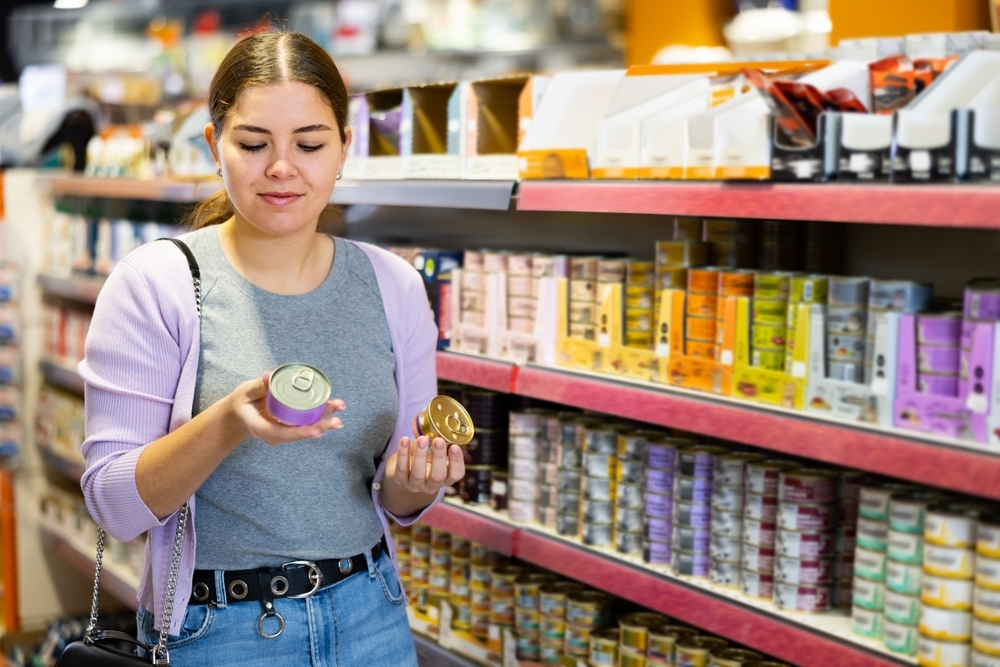

Pros of Mouse Meat Cat Food
The premise of using mouse meat is logical, given the cat’s penchant for hunting rodents. However, it is somewhat simplistic given the varied nature of the feline diet. The overriding factor is the product’s nutritional value, which at the surface, it appears to satisfy. Also, Muridae Pet states that the ingredients are sourced and made in the United States.
Alternative proteins are excellent choices for pets with allergies. Fish, beef, and dairy are the most common triggers for dogs and cats. While we’re not sure about the rodent food source, it undoubtedly is an eco-friendlier choice than livestock. Both companies make strong cases for their products on this score. However, pet food contains by-products from the production of animal-based proteins for people.
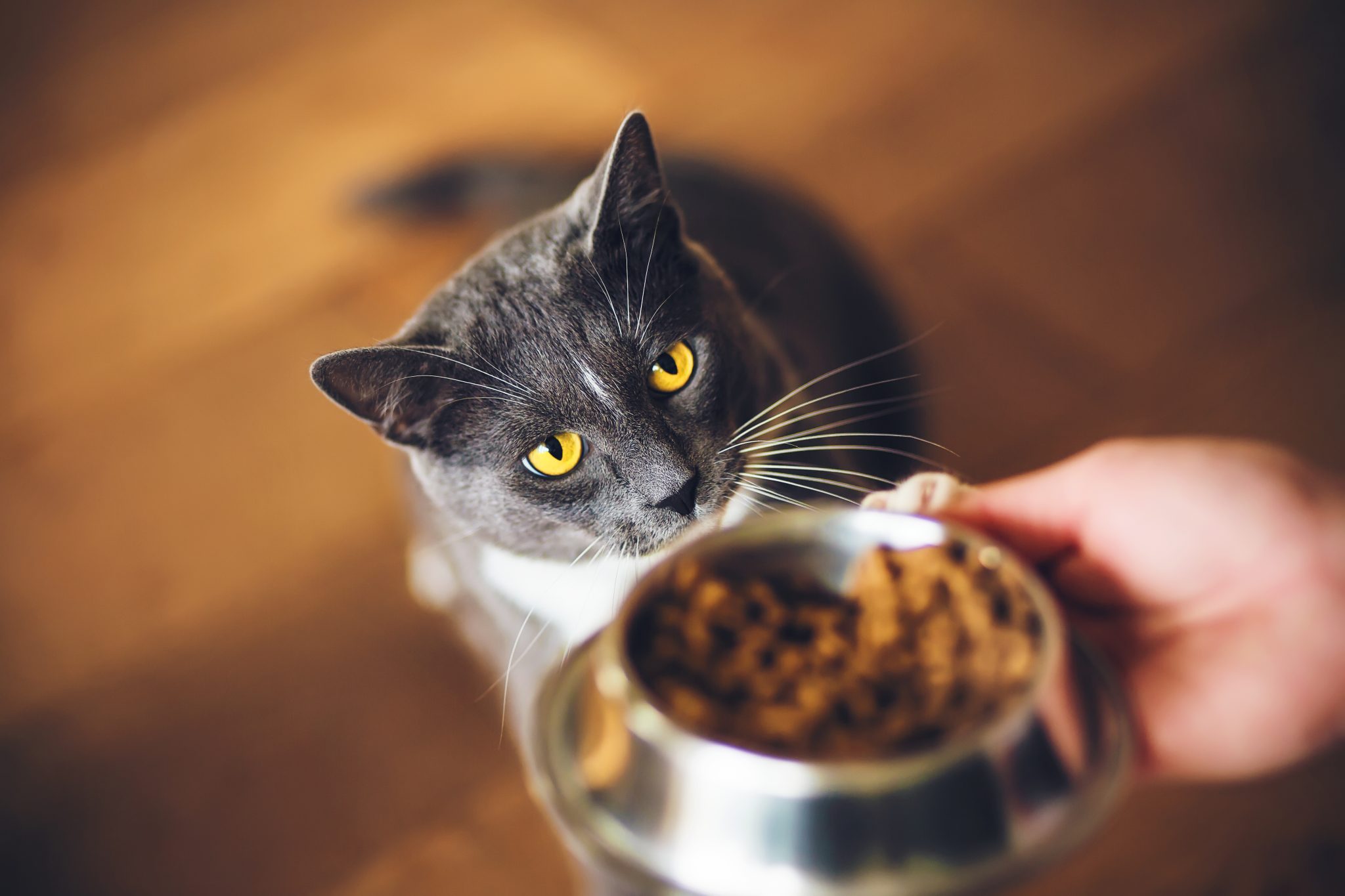
Cons of Mouse Meat Cat Food
The biggest con is that wild mice carry all sorts of dangers for cats, like certain bacteria and parasites. However, BioCraft benefits as their meat is purportedly free from such pathogens.
Another con, is that the US pet food industry is overall poorly regulated, and it can be very difficult for smaller producers accurately produce a diet that contains sufficient amounts of all needed nutrients for cats. This can lead to severe illness in cats that eat improperly labeled foods.
Further, a major hurdle exists with products of biotechnology or cultured meat. The general public associates them with genetically modified (GM) foods. Despite the overwhelming evidence of safety, 37% of consumers view these products as unsafe. The same survey involving the American Association for the Advancement of Science members found 88% considered them safe.
Support for non-agricultural biotech products fares slightly better. However, there’s still the question of the production. Consumers favor diets that are less processed. A pet food produced in an artificial environment (BioCraft) couldn’t encapsulate this concept more. It strikes us as something that could get legs on social media, with the same lack of understanding as GM foods.
BioCraft refers to its products as a cell-cultured slurry. While it may be a fitting description, it needs some tweaking by the marketing department to make it sound less sterile and scary and change it to something pet owners would welcome giving to their cats. The other obstacle is price. Production is expensive. However, other concerns exist on the regulatory front.
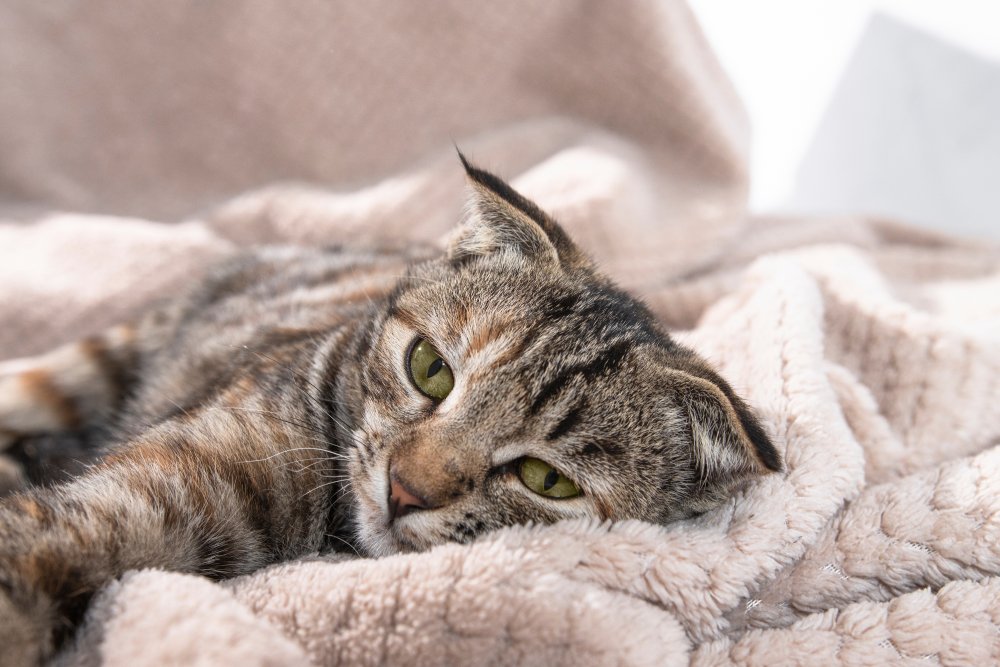

The Future of Mouse Meat Cat Food
Clearly, marketers have a challenge to sell mouse meat cat food to pet owners. The concept sounds logical in theory. It may be too soon to ride the wave of claims about it being a hypoallergenic diet. After all, BioCraft has only been around since 2016. However, these products raise awareness of the possible issues with the pet food industry and climate change that are worth exploring.
Cat food may not be a significant contributor to the ramifications since it embraces the nose-to-tail concept of using the whole animal. Nevertheless, these innovative companies may help consumers accept emerging biotechnology as a way to manage the global food supply as the planet’s population continues to swell and put more pressure on conventional agriculture.
The FDA and the Department of Agriculture’s (USDA) Food Safety and Inspection Service (FSIS) regulate the cultured meat industry. It’s likely to continue to be problematic on several fronts, going beyond public perception. Some states, such as South Carolina and Missouri, have enacted restrictions on labeling terminology, with the use of the word meat striking a chord among some.
However, it has stopped other manufacturers from developing these products. Safety and nutritional integrity remain at the forefront. Despite these advances, it may be a while before you see widespread adoption of mouse meat on the store shelves.
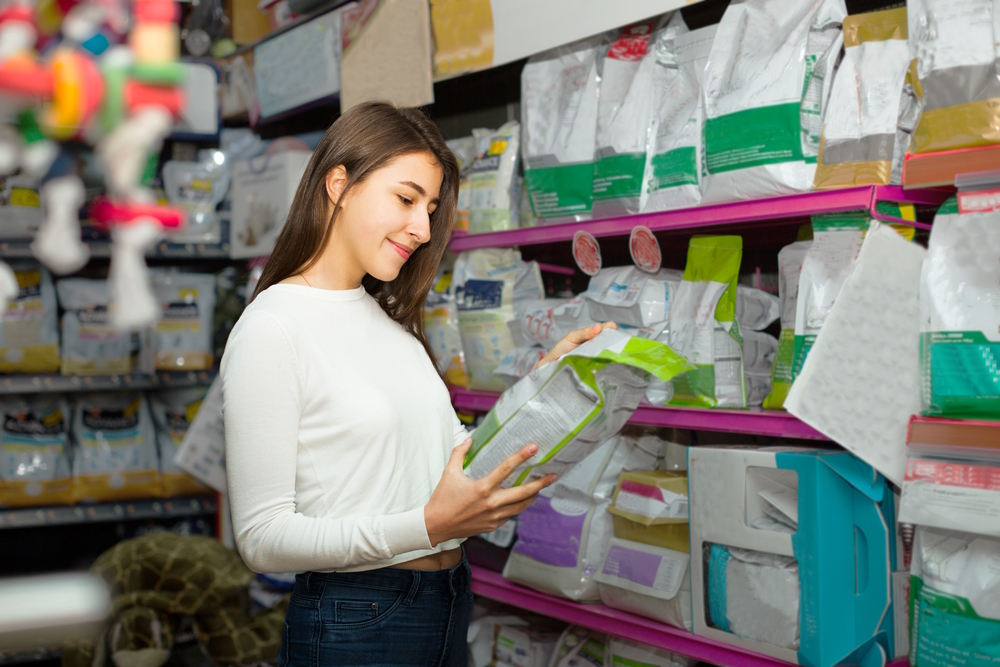

Final Thoughts
Cats will likely always be hunters who are on the lookout for an unsuspecting rodent. Giving your pet a mouse-based diet may satisfy this instinct. The concept has merit, especially if it can reduce the carbon footprint of the pet food industry. However, manufacturers and marketers may have a daunting task selling consumers on these new technologies.
Featured Image Credit: Caftor, Shutterstock
